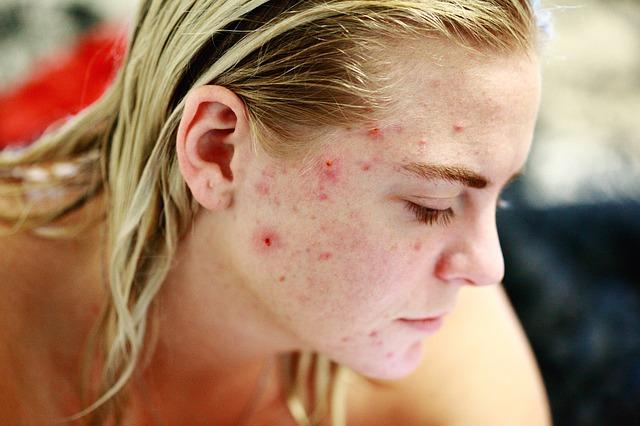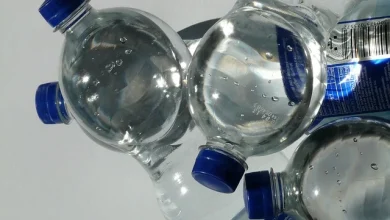Reason 1 in 2 teenagers hide their acne on social media

Unfortunately, for many adolescents, pimples stand in the way of carefree time. They make them insecure, and the acne weighs on their social life and even their social media use. For example, 50% of teens admit to hiding their acne on social media.
Research on 1,010 American teens between the ages of 15 and 19 shows that 85% of teens are concerned about acne.
Half of the adolescents (51%) also feel unattractive because of the unsightly problem. It makes them insecure and thoroughly messes up their social lives. Because not only at school, it makes them very shy, social media seem to make an impact on the self-image of young people even worse.
After all, in the same study, a third of young people say that social media such as Instagram and Facebook make it even more challenging to deal with acne.
34% say they are even more worried about their pimples due to social media, and 29% have difficulties coping with them in real life.
In addition, 50% of teens admit they have already tried to hide their acne on social media. They either don’t post photos, add filters, remove pictures or tags, ask friends to take specific images, stay away from video chats and sometimes they stop watching their social media altogether until their acne disappears.
Acne, a matter of bacteria?
But how do you tackle that acne effectively? More and more research shows that your microbiome plays an essential role in your skin flora.
Just like our intestines, our skin houses a community of billions of micro-organisms, fungi, and bacteria. Those tiny critters are anything but bad for us.
What’s more, they are indispensable for beautiful and healthy skin. How come we only hear about it now? Quite simply: until recently they were invisible, says bio-engineer Ingmar Claes, who has been researching skin flora as a chief scientific officer at the care brand YUN for years.
“Even with a microscope, we could not see for a long time which bacteria were exactly on the skin. Today is different. Thanks to recent technology, we can investigate bacterial DNA in the lab and even identify it very precisely. In short: we know exactly which bacteria are present on the skin and why. So it is logical that the attention for it is increasing. ”
In an ideal world, our microbiome always evolves towards a natural balance. The bacteria community forms the first protective layer of the skin. Is it balanced? Then the skin is healthy, but it can happen that the microbiome is affected.

In that case, the harmful bacteria will prevail, says Ingmar Claes. “The reason is not always clear. An immune system dysfunction, although it may as well be hormonal, genetically determined or caused by the use of wrong, usually aggressive, products. Depending on the type of imbalance, skin problems arise. Acne is the best-known example of this. ”
And whether it’s through stress, diet, medication, or hormonal changes, our skin can start producing more sebum. This clogs the pores and thus forms the ideal environment for lousy skin bacteria. By adding good living bacteria with a special cream, you can restore balance and reduce acne.
“We fight bad bacteria with good bacteria. This way, the protective layer on the skin remains intact, and we avoid scars that you carry with you. Not only physical scars but also invisible mental scars. For too many young people, the impact of acne is much greater than just the physical discomfort,” says Claes.




